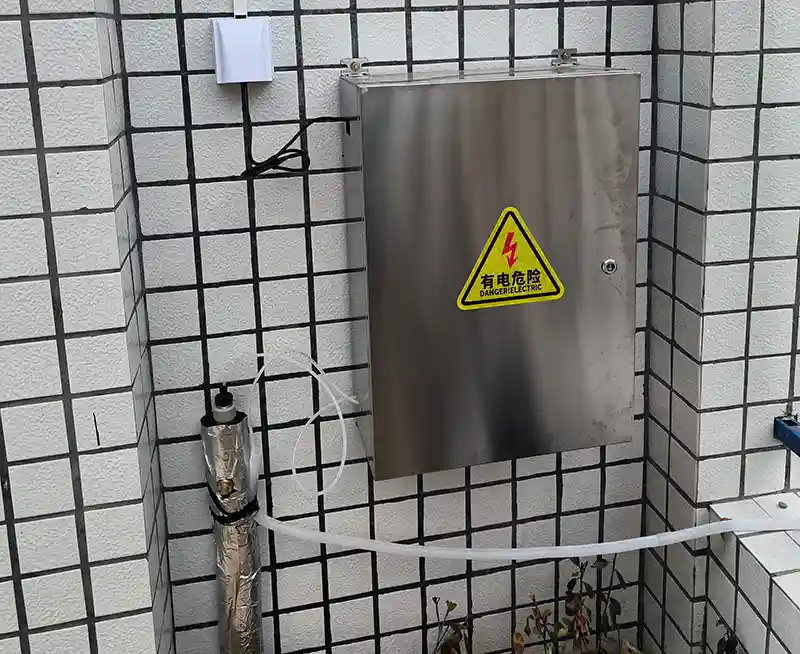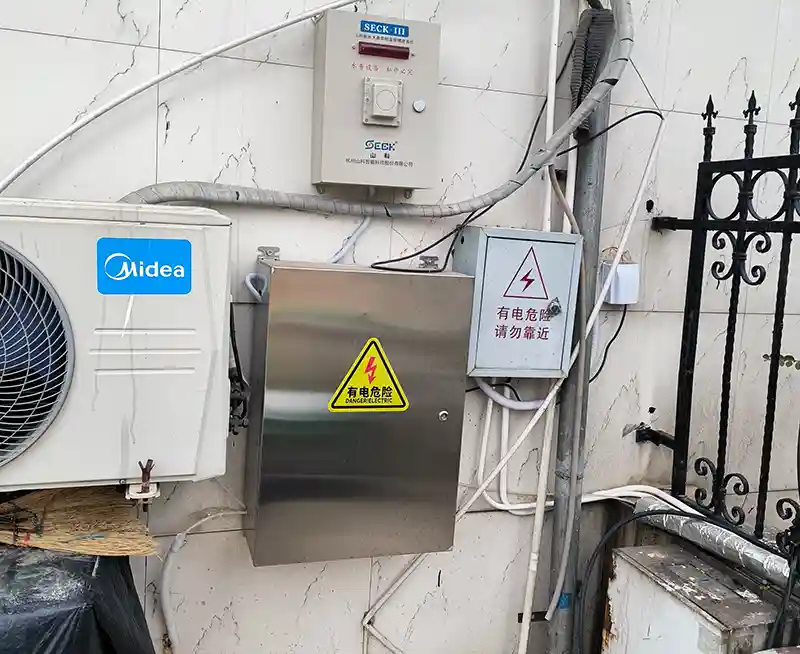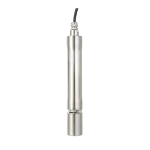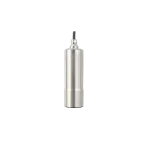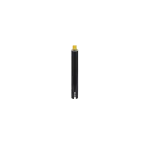Water Supply Network Real-time Water Quality Monitoring
Application background
Location: Wuhan, China
Adding disinfectant to drinking water is a crucial measure to ensure the safety of drinking water. Its primary purpose is to kill or inhibit pathogenic microorganisms, such as bacteria, viruses, and parasites, in the water. Disinfectants will pass through an extended pipe network from the drinking water plant to the residential water end. Therefore, monitoring the presence of free chlorine at the end of the pipe network can help determine whether the disinfectant is ineffective and whether the terminal water poses a risk of disease.
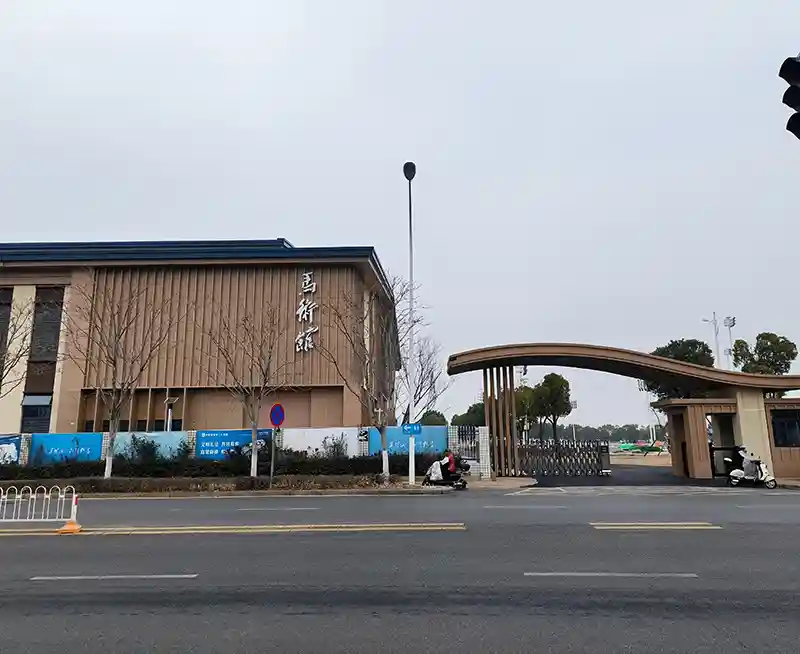
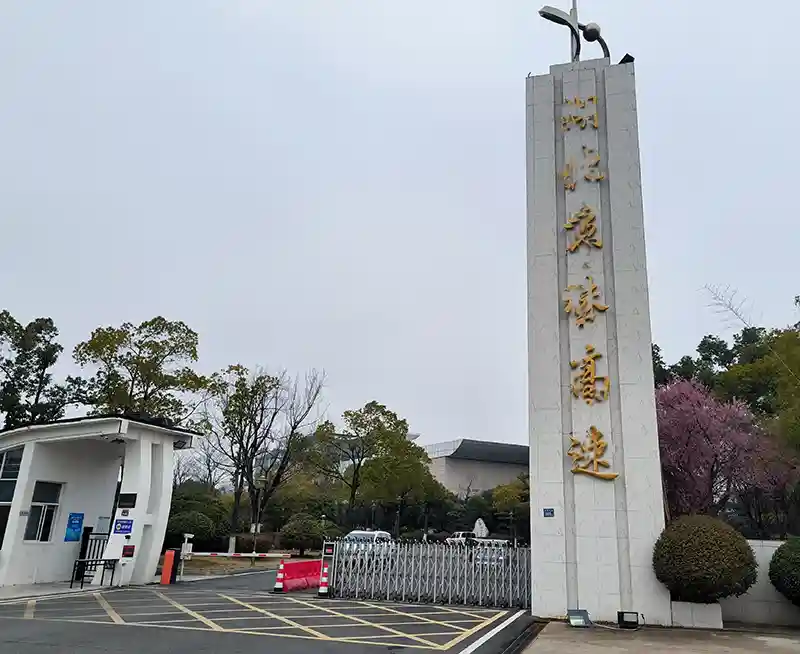
Solution
By deploying an intelligent online water quality monitoring network, real-time water quality monitoring can be performed at key nodes of the water supply network, such as community entrances and network terminals. The system utilizes high-precision residual chlorine sensors and Internet of Things (IoT) transmission technology to collect key indicator data, including free chlorine, every minute. When the free chlorine in the terminal water is detected to be lower than the standard requirement, the system automatically triggers an early warning. It dynamically adjusts the amount of disinfectant added to the water plant or initiates chlorine replenishment measures in the pipeline network through intelligent algorithms to ensure full disinfection protection from the water plant to the tap. This technology can shorten the response time of abnormal water quality in the pipeline network from 24 hours of traditional manual detection to within 30 minutes, and increase the qualified rate of free chlorine in the terminal water to 99.9%, effectively preventing the risk of microbial growth and providing residents with safer and more stable drinking water. Managers can monitor the real-time dynamics of the water quality in the pipeline network through the visualization platform and implement precise and intelligent water supply safety management.
Data of water TUR & Free Chlorine monitoring
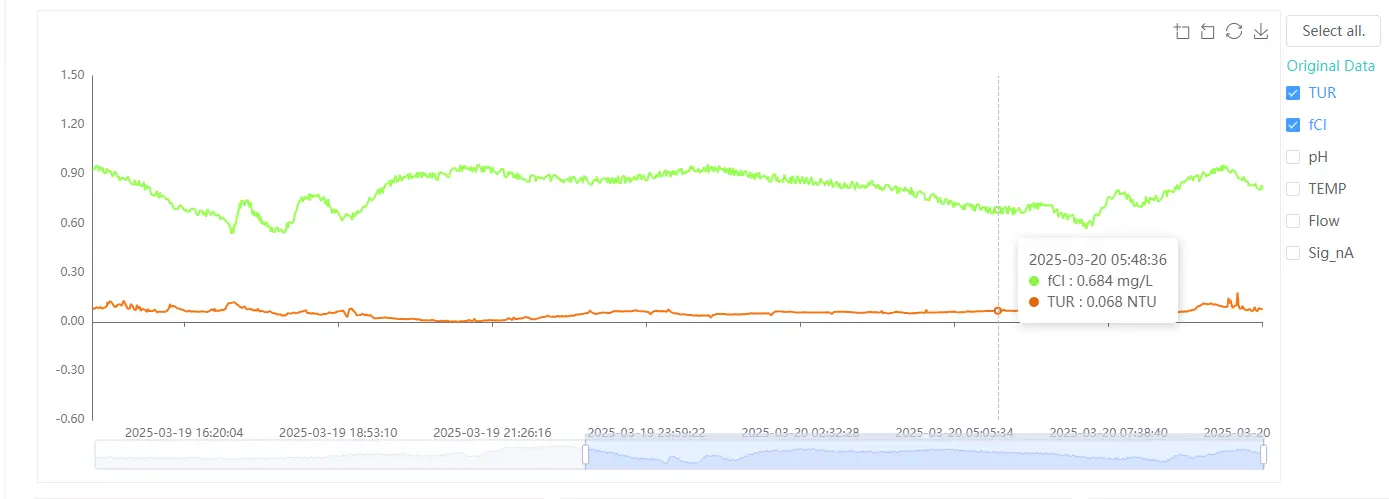
Related Products
Product Name
Model
Parameter
iSPA-T
integrated system: multi-parameter

